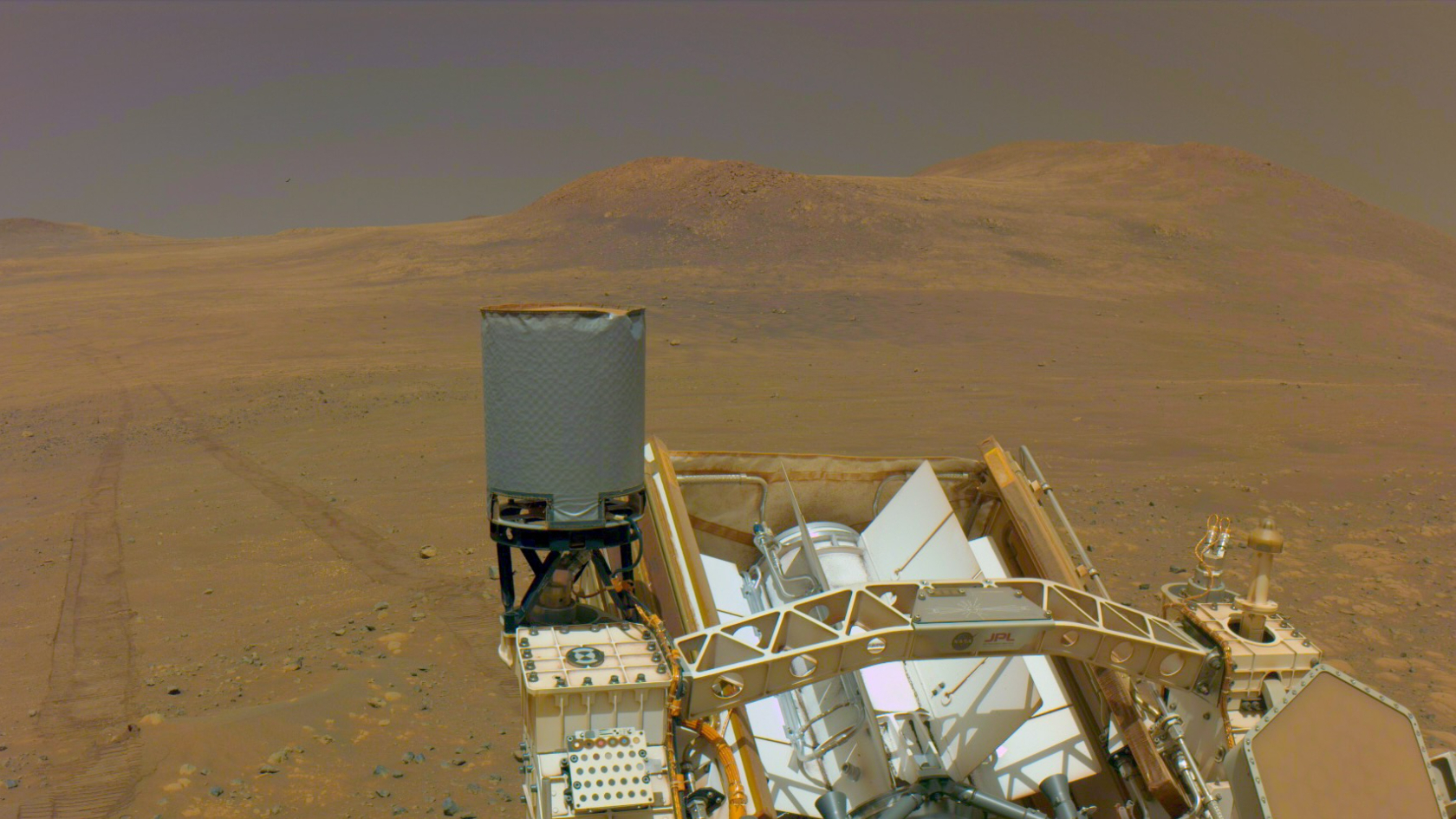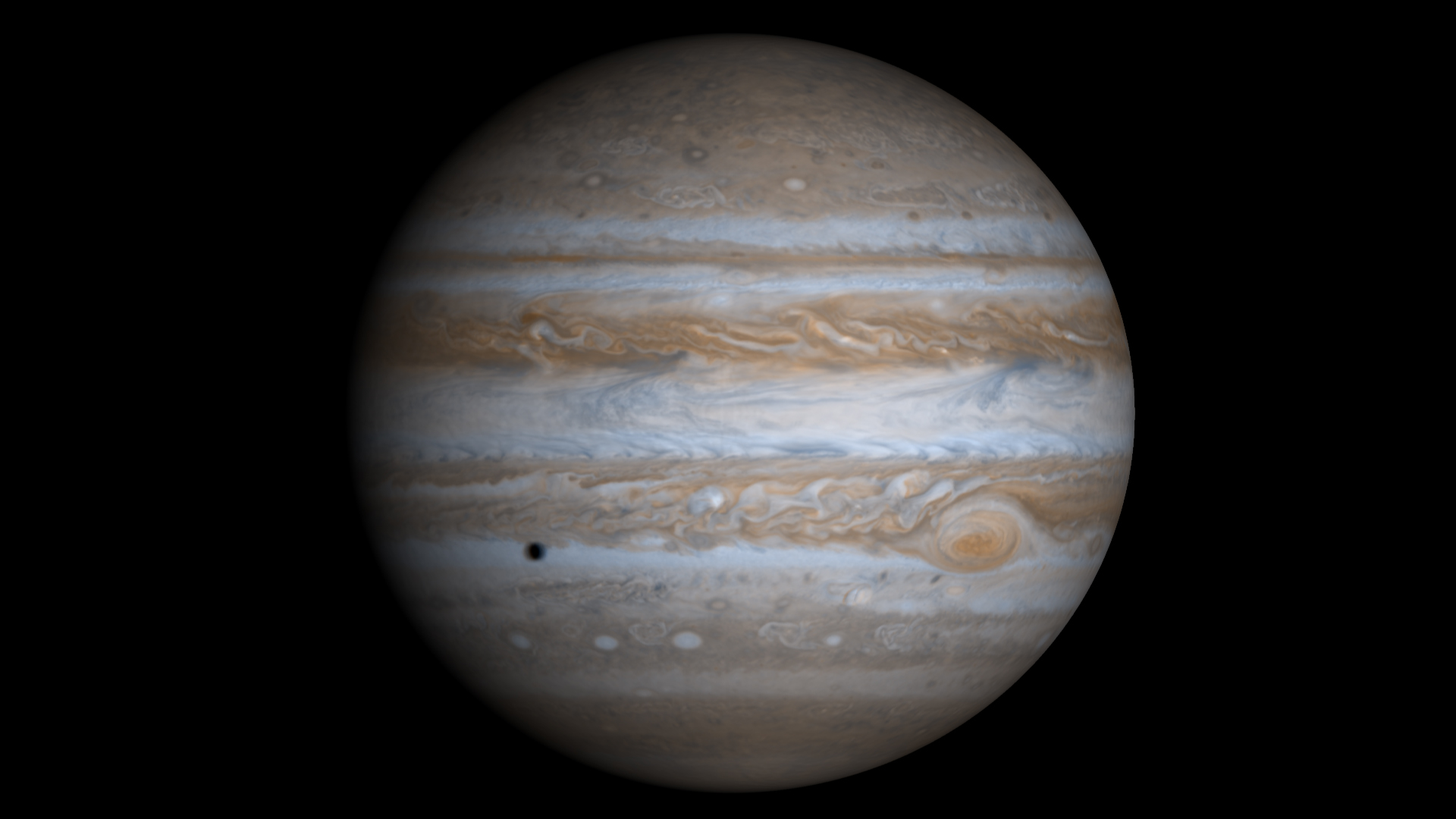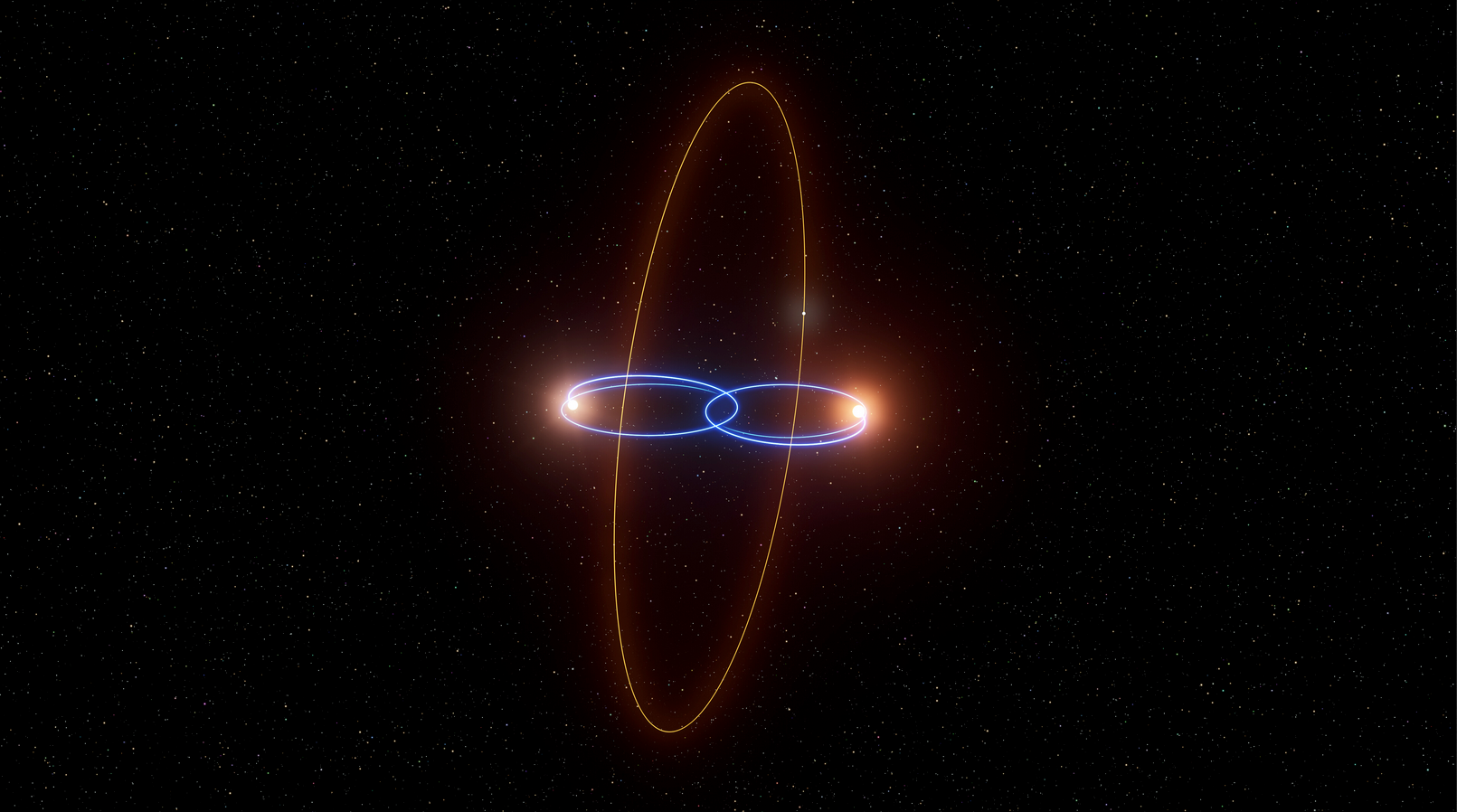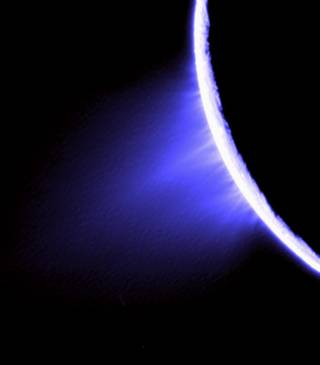Discovery Alert: A Possible Perpendicular Planet
The Discovery A newly discovered planetary system, informally known as 2M1510, is among the strangest ever found. An apparent planet traces out an orbit that carries it far over the poles of two brown dwarfs. This pair of mysterious objects – too massive to be planets, not massive enough to be stars – also orbit […]
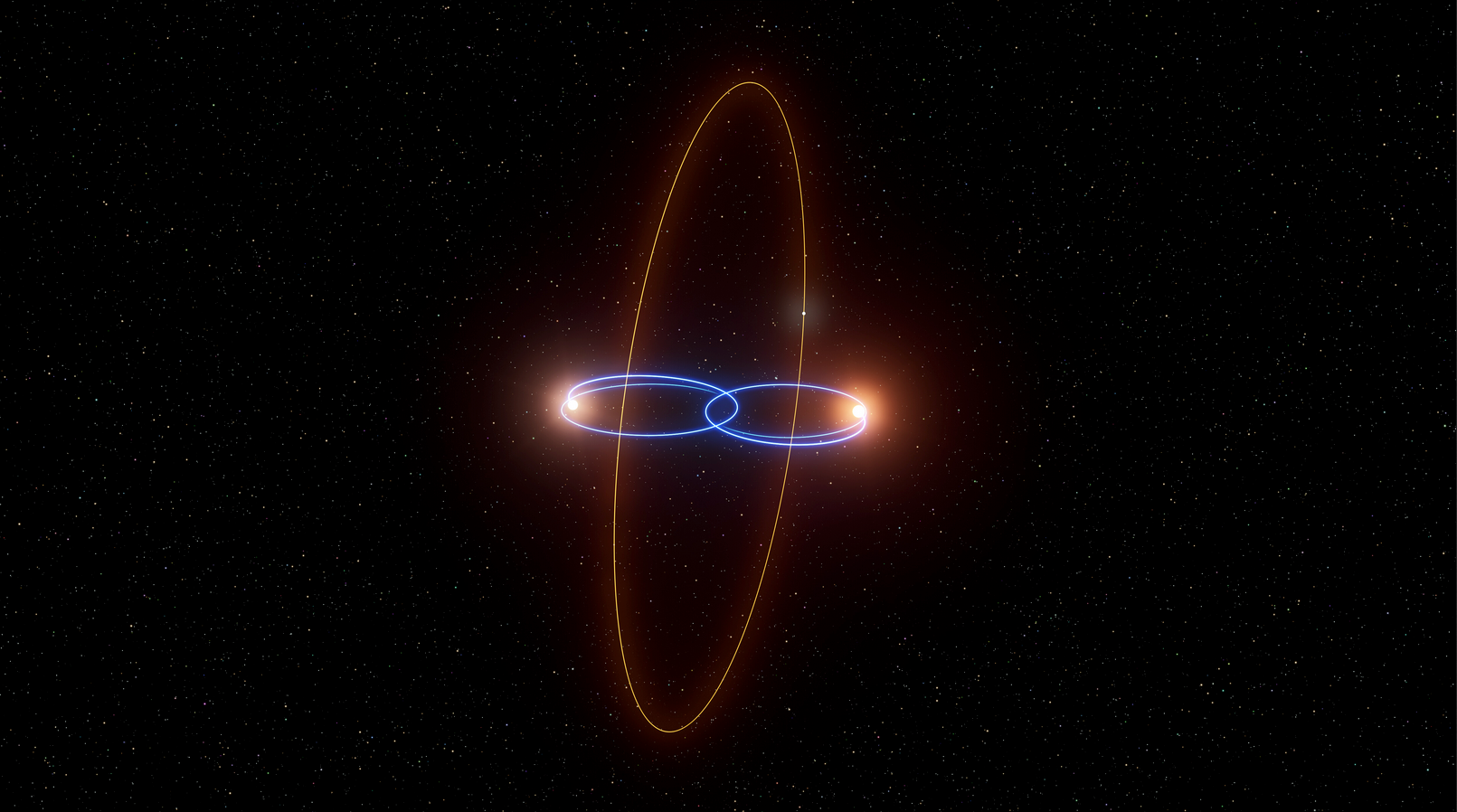
The Discovery
A newly discovered planetary system, informally known as 2M1510, is among the strangest ever found. An apparent planet traces out an orbit that carries it far over the poles of two brown dwarfs. This pair of mysterious objects – too massive to be planets, not massive enough to be stars – also orbit each other. Yet a third brown dwarf orbits the other two at an extreme distance.
Key Facts
In a typical arrangement, as in our solar system, families of planets orbit their parent stars in more-or-less a flat plane – the orbital plane – that matches the star’s equator. The rotation of the star, too, aligns with this plane. Everyone is “coplanar:” flat, placid, stately.
Not so for possible planet 2M1510 b (considered a “candidate planet” pending further measurements). If confirmed, the planet would be in a “polar orbit” around the two central brown dwarfs – in other words, its orbital plane would be perpendicular to the plane in which the two brown dwarfs orbit each other. Take two flat disks, merge them together at an angle in the shape of an X, and you have the essence of this orbital configuration.
“Circumbinary” planets, those orbiting two stars at once, are rare enough. A circumbinary orbiting at a 90-degree tilt was, until now, unheard of. But new measurements of this system, using the ESO (European Southern Observatory) Very Large Telescope in Chile, appear to reveal what scientists previously only imagined.
Details
The method by which the study’s science team teased out the planet’s vertiginous existence is itself a bit of a wild ride. The candidate planet cannot be detected the way most exoplanets – planets around other stars – are found today: the “transit” method, a kind of mini-eclipse, a tiny dip in starlight when the planet crosses the face of its star.
Instead they used the next most prolific method, “radial velocity” measurements. Orbiting planets cause their stars to rock back and forth ever so slightly, as the planets’ gravity pulls the stars one way and another; that pull causes subtle, but measurable, shifts in the star’s light spectrum. Add one more twist to the detection in this case: the push-me-pull-you effect of the planet on the two brown dwarfs’ orbit around each other. The path of the brown dwarf pair’s 21-day mutual orbit is being subtly altered in a way that can only be explained, the study’s authors conclude, by a polar-orbiting planet.
Fun Facts
Only 16 circumbinary planets – out of more than 5,800 confirmed exoplanets – have been found by scientists so far, most by the transit method. Twelve of those were found using NASA’s now-retired Kepler Space Telescope, the mission that takes the prize for the most transit detections (nearly 2,800). Scientists have observed a small number of debris disks and “protoplanetary” disks in polar orbits, and suspected that polar-orbiting planets might be out there as well. They seem at last to have turned one up.
The Discoverers
An international science team led by Thomas A. Baycroft, a Ph.D. student in astronomy and astrophysics at the University of Birmingham, U.K., published a paper describing their discovery in the journal “Science Advances” in April 2025. The planet was entered into NASA’s Exoplanet Archive on May 1, 2025. The system’s full name is 2MASS J15104786-281874 (2M1510 for short).

































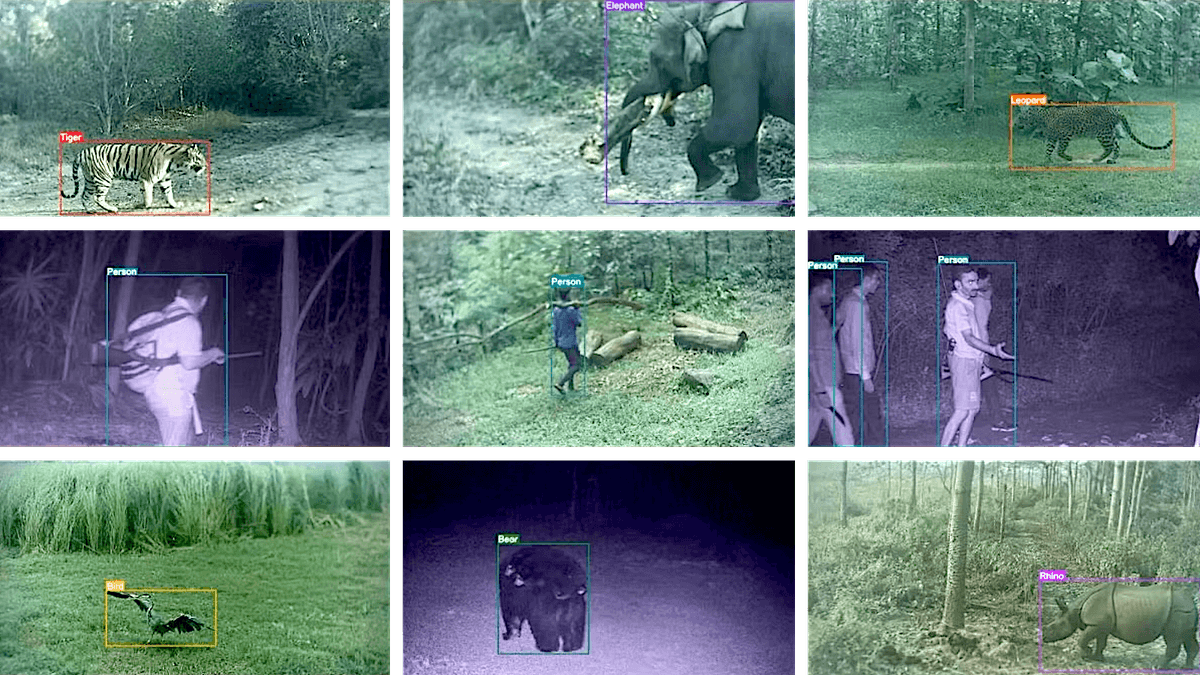





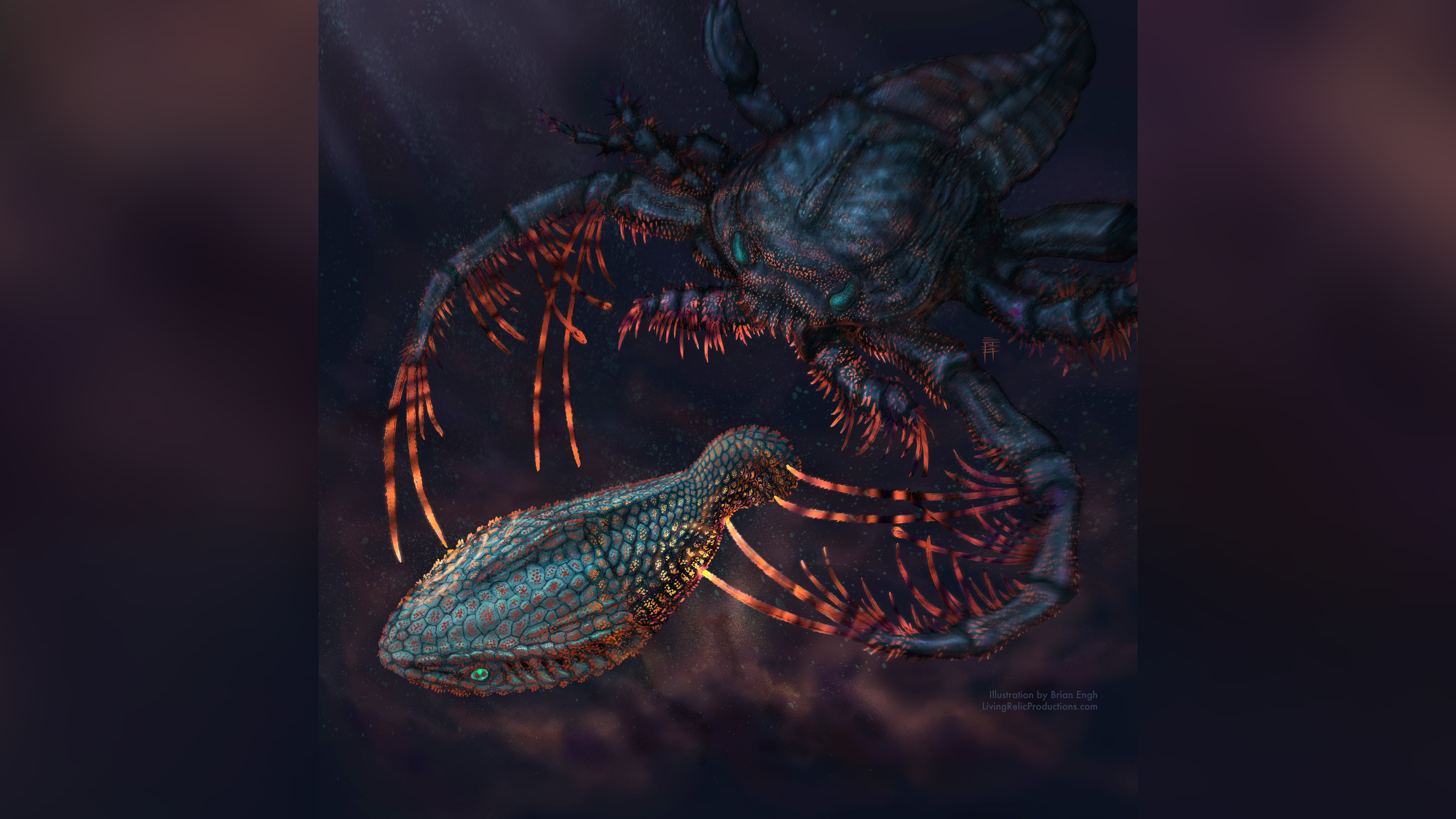
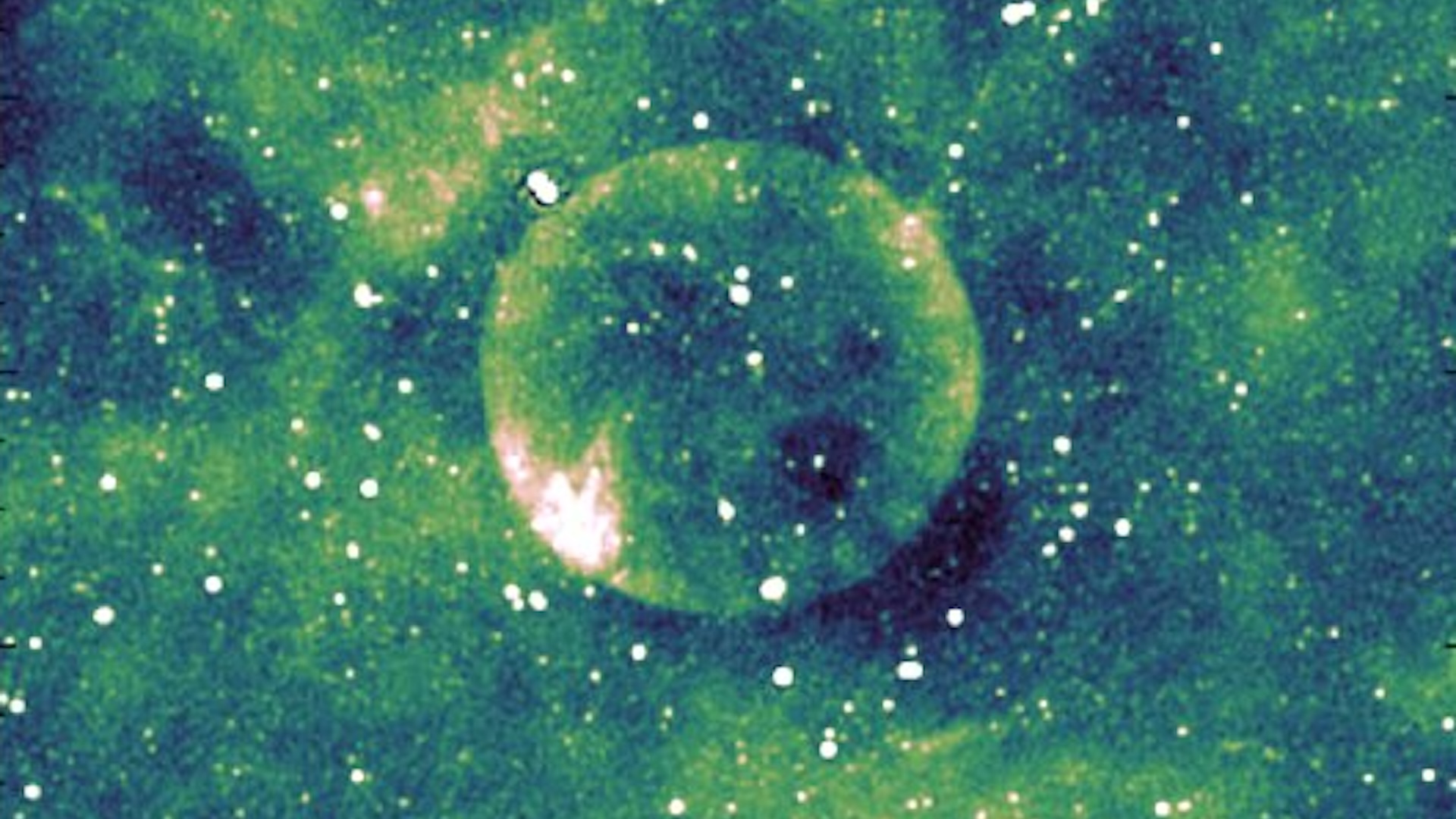
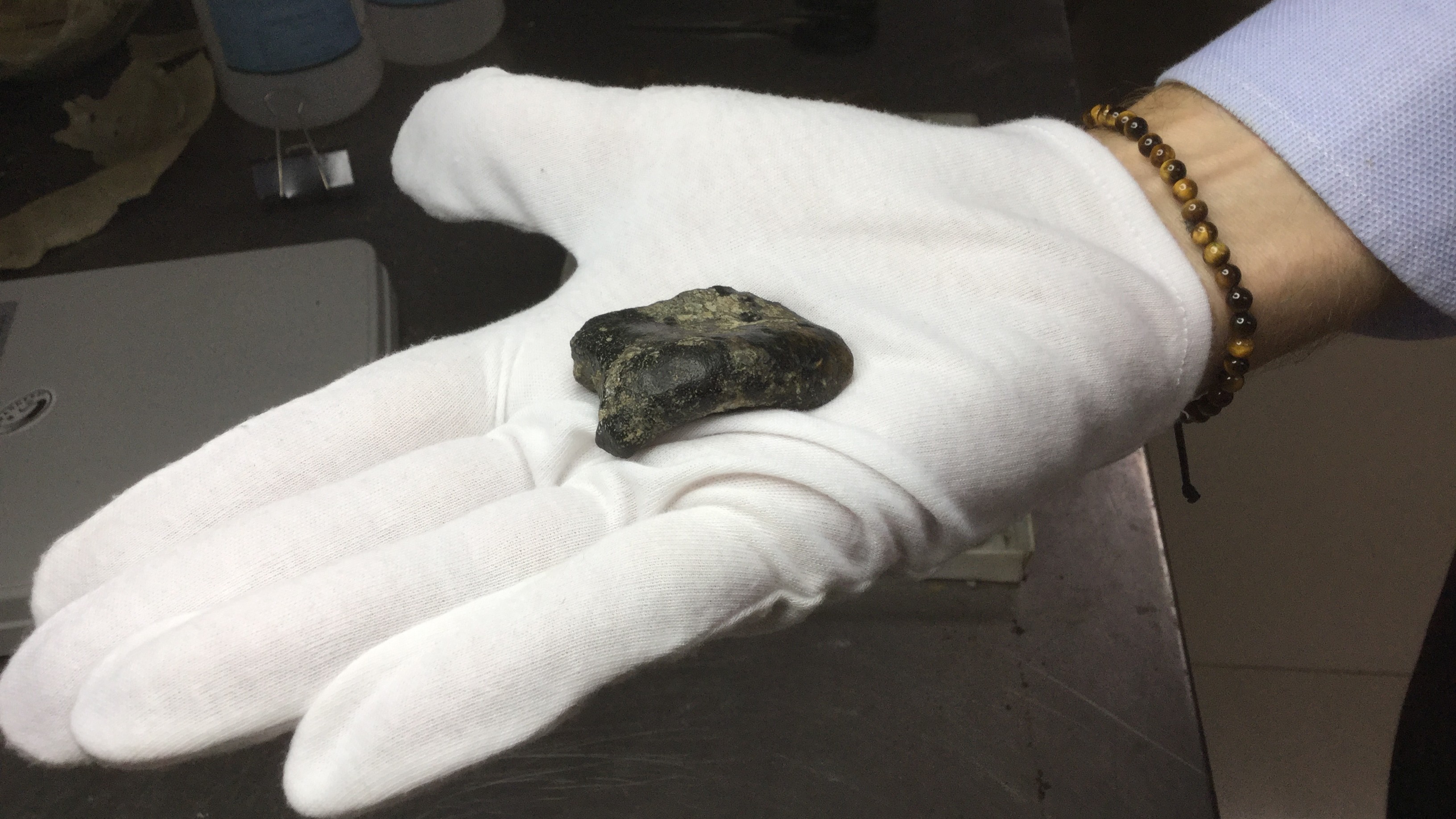
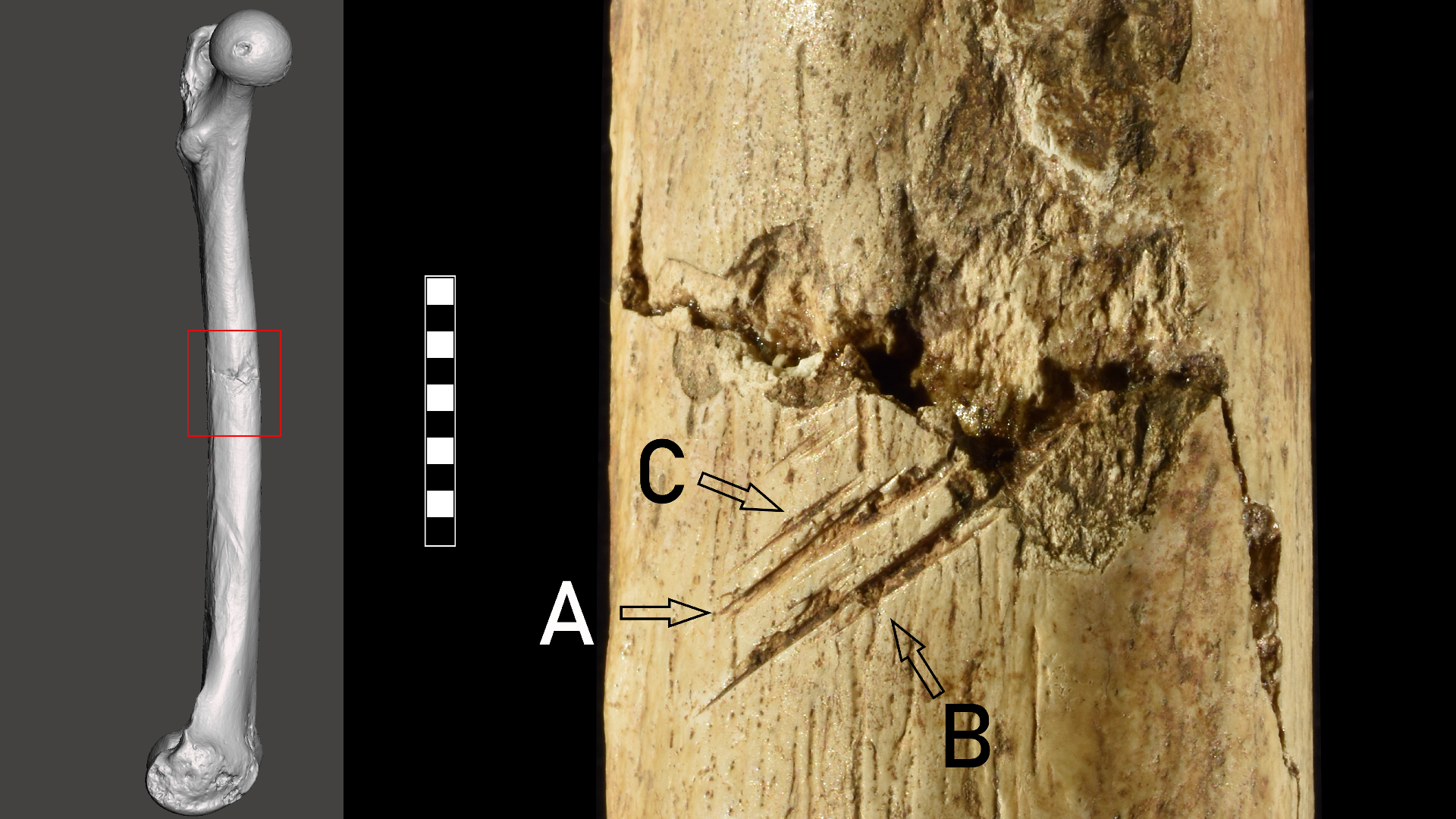


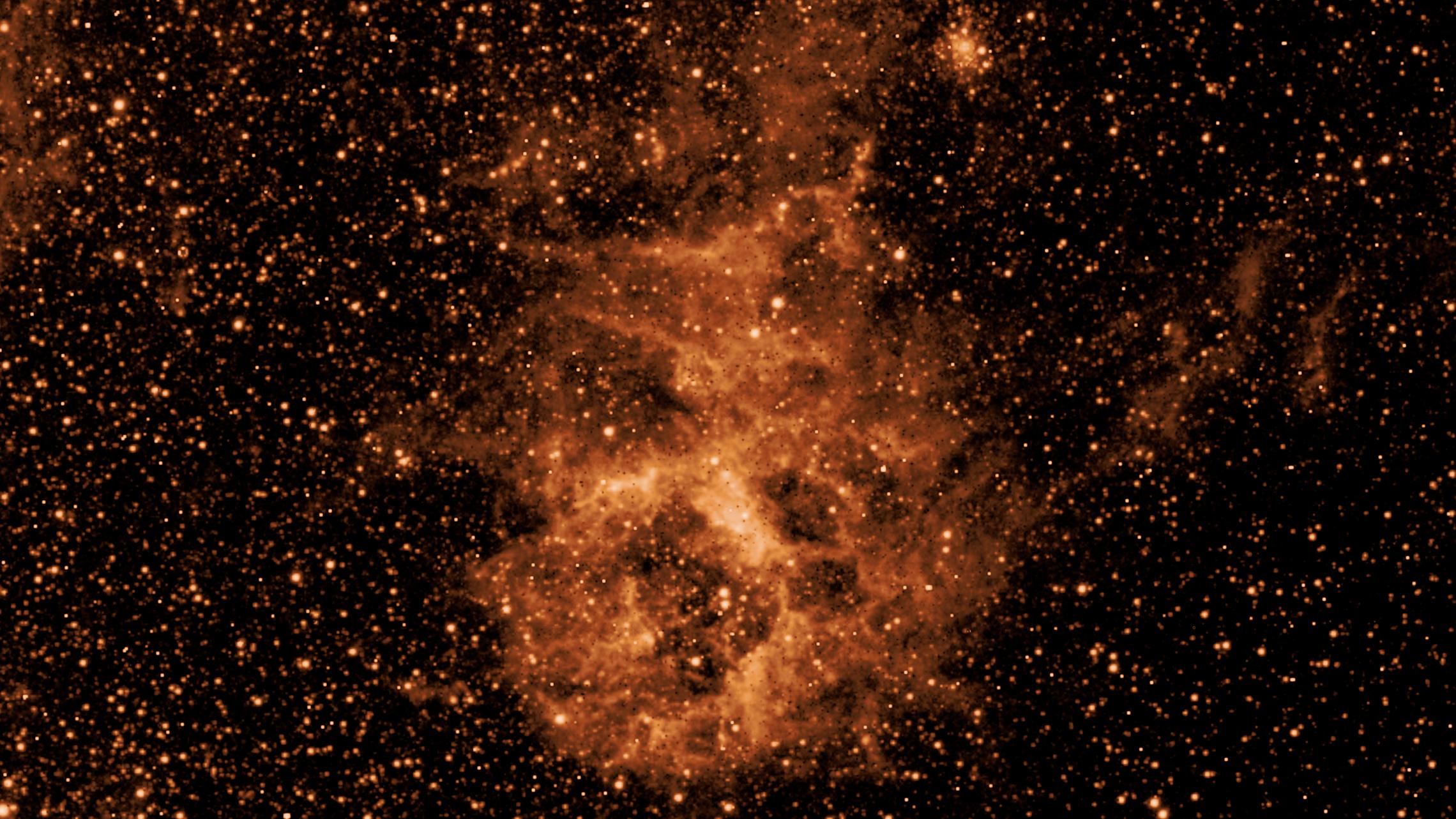






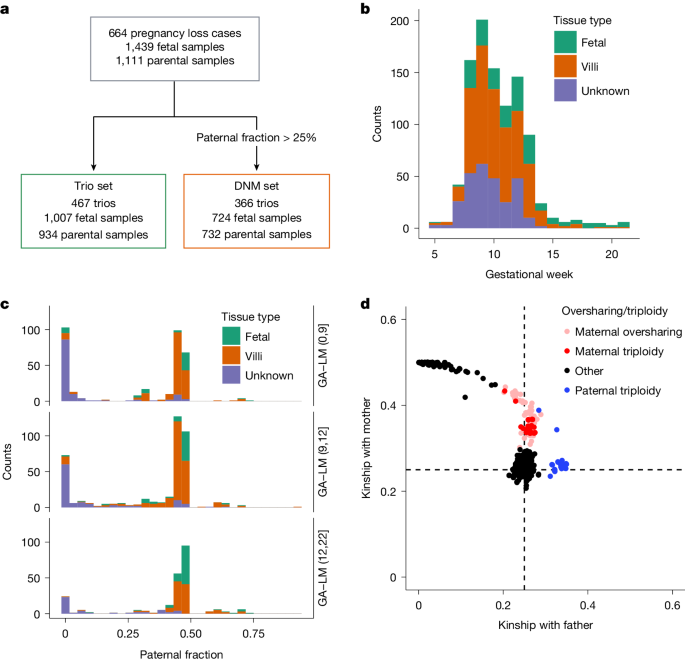




















.jpg)









